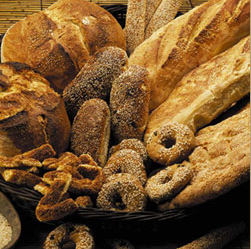|
||||
Inscriptions stored at the British Museum mention that the Assyrian gods would drink sesame wine before storming into battle. Sesame was so precious that the ancient Assyrians would negotiate their loans in silver or sesame seeds. Herodotus mentions that the Babylonians were also familiar with the cultivation of sesame (1750 BC), as well as with pasteli. Sesame has been found in Tutankhamen's tomb (14 th century BC) and in the cape of Thera (destroyed by an earthquake in 1628 BC). Marko Polo also mentions that in 1298 AD, the Persians would use sesame and its products for food, massage, in remedies, as lighting oil and in cosmetics. In ancient Greece, sesame w as used as food and in the production of medicine. Hippocrates praised its high nutritional value and Galene used it as medicine against the disruption of milk in breastfeeding women, against uterus exulceration and leucorrhoea. Also, sesame oil was used on the face to reduce freckles (Hippophantes). As a food, sesame was very popular in the ancient Greek cuisine. Athineos, mentions in "Deipnosofistes" that he considers sesame as one of the main foods of ancient Greeks. In “Irini", Aristophanes mentions one of the uses of sesame, known to our days: “The chicken is baked. The sesame pasteli is kneaded”. In "Vatrahomiomahies" “sousamotiro” is mentioned, which was obviously a mixture of cheese and tahini. Sisamis, a mixture of sesame and honey (a kind of halva) was offered in weddings, and knikon was made of floury milk and garnished with honey and sesame.
|
